Over the summer, excavators at Pompeii made an insightful and critical discovery that highlights the everyday lives of the non-elite of ancient Roman society, a portion of the population that is so rarely able to be studied. In the Region V site of the archeological park, excavators found a “middle-class” dwelling and its furnishings.
Art News
The Berkshires, a lush region of mountains, rolling green hills, and picturesque farmland in western Massachusetts, has long attracted artists looking to escape the summer heat and the frenetic year-round activity of nearby cities, New York, and Boston.
On October 12, 1492, Spanish ships waded into the Caribbean after a three-month-long journey. Led by Italian explorer Christopher Columbus (1451-1506), these Europeans “discovered” the new world, kicking off centuries of exploration, exploitation, and colonization of the Americas.
“Leda and the Swan,” a sonnet by W. B. Yeats, begins: “A sudden blow: the great wings beating still/Above the staggering girl, her thighs caressed/By the dark webs, her nape caught in his bill, /He holds her helpless breast upon his breast.” This moment of sexual violation inflicted on Leda by the god Zeus has inspired painters and sculptors for centuries.
A recent discovery of hidden hieroglyphics in the ancient Egyptian tomb of King Tutankhamun could lead to the findings of Nefertiti’s body and burial chamber.
Eight years in the making, this sprawling show of some 350 photographs, videos, and multimedia installations is filled with factual content and ambiguity.
SAVANNAH, GEORGIA — The Savannah College of Art and Design welcomes a new season of exhibitions at the renowned SCAD Museum of Art, uniting an international roster of emerging and established artists whose practices reflect vital conversations within contemporary art discourse.
Philip Guston was one of the most courageous and controversial painters to come out of the New York School of Abstract Expressionism. Critics called the 1950s Guston’s “mandarin” (influential) years. For years, he’d been creating paintings that were abstract and lush. Suddenly, he deviated, yearning to break free.
On Sunday, September 18th, Hurricane Fiona slammed into Puerto Rico with devastating effects. With over two feet of rain causing mudslides and destroying homes, Fiona has left Puerto Ricans without electricity, water, and shelter, bringing back agonizing memories of another storm, Hurricane Maria, that hit the island almost five years prior in 2017.
A fascinating thing about our eyes is their ability to deceive us. From how our visual system and brain perceive an image in front of us, the optical illusion prevails. Imagine you stroll down a cement sidewalk and stumble upon what appears to be a massive gap. You’ll most likely back up, blink a few times, and suddenly that enormous ditch evolves into a complex sketch manifested out of colored chalk.




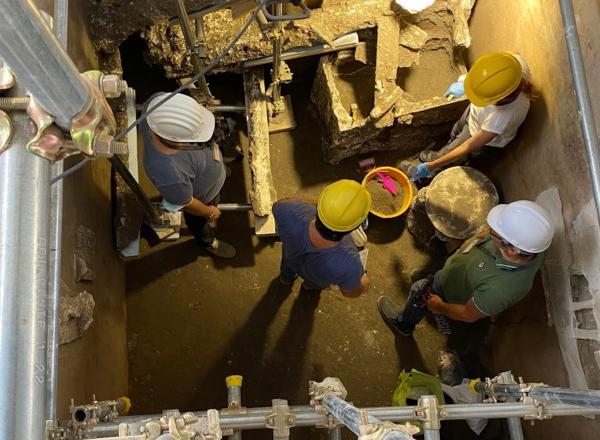
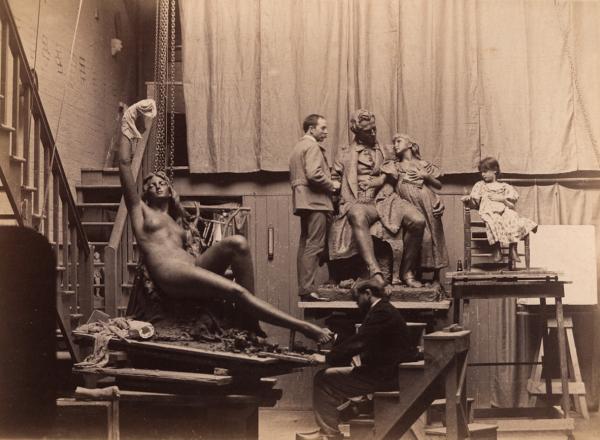
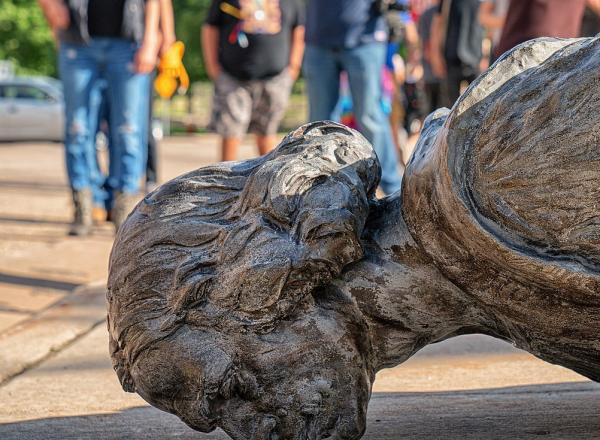
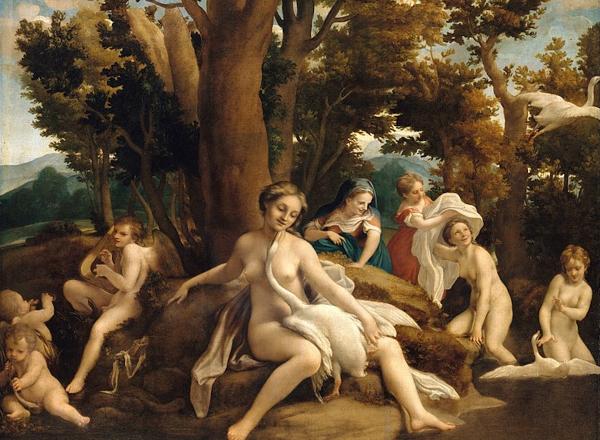
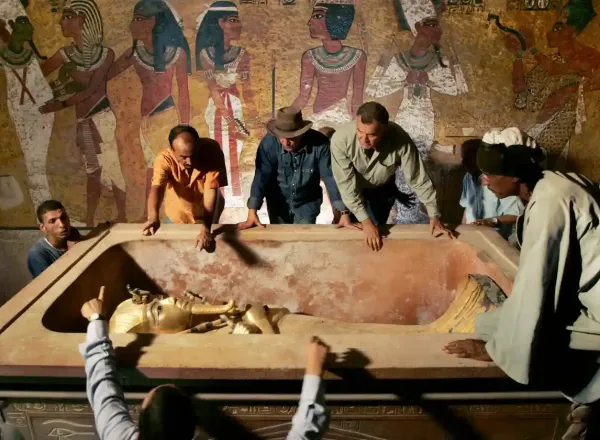

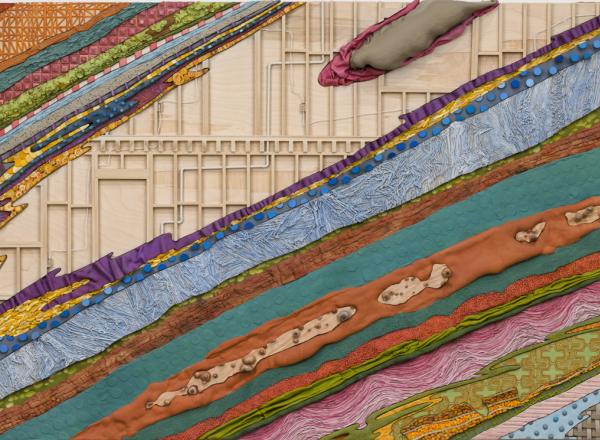
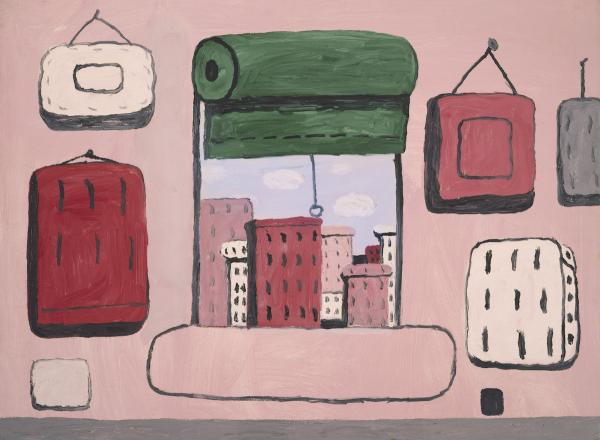
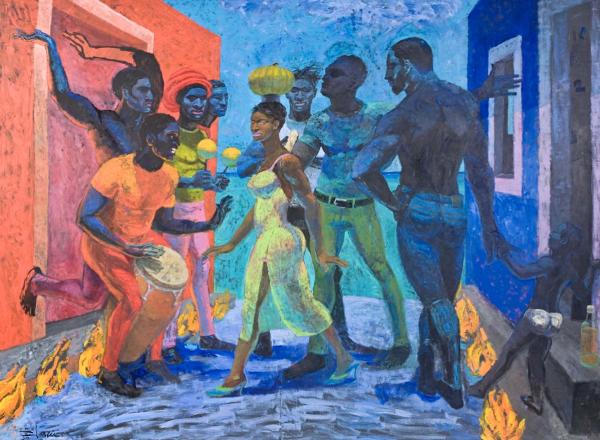
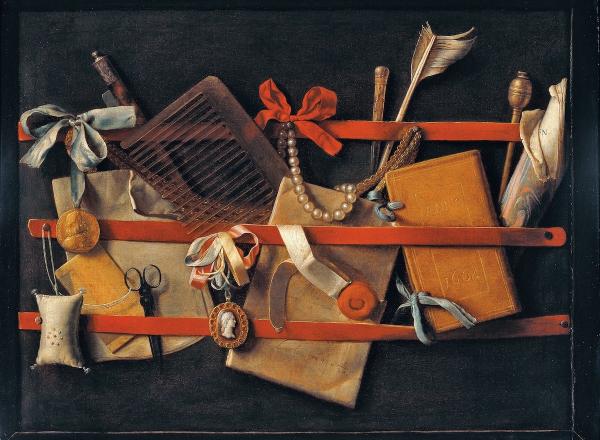
















![DEl Kathryn Barton [Australian b. 1972] the more than human love , 2025 Acrylic on French linen 78 3/4 x 137 3/4 inches 200 x 350 cm Framed dimensions: 79 7/8 x 139 inches 203 x 353 cm](/sites/default/files/styles/image_5_column/public/ab15211bartonthe-more-human-lovelg.jpg?itok=wW_Qrve3)


